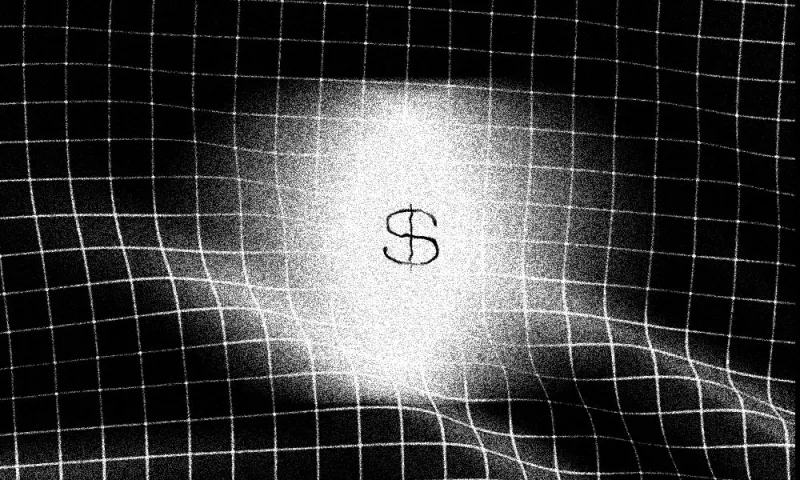Individuals and institutions can’t actually invest in most of the indices that academics use to compare actively managed funds to passive, according to New York University professors emeriti Edwin Elton and Martin Gruber.
They saw this is a problem, and set out to solve it.
“Most of the work on active-passive has compared active management with a set of benchmarks that an investor couldn’t possibly hold,” Elton said in an interview with Institutional Investor. “The purpose of this was to find a set of benchmarks that represent trade-able securities.”
“Our real motivation was answering friends that said, ‘what do I do?’” Gruber added. The business school professors’ research will be published Tuesday in the CFA Institute’s Financial Analysts Journal.
They aimed to find a small number of exchange-traded funds that “will match the risk of an active fund in one period and outperform that active fund in the following period.” The authors evaluated the most common methodologies used to look at active mutual funds, including work by Gene Fama at the University of Chicago and his partner Kenneth French at Dartmouth College, and the methodology of Mark Carhart from his time at University of Chicago.
In the end, Gruber and Elton used just five ETFs for the study.
“We found that a combination of five ETFs captures most of the variation in all available ETFs,” they wrote in the forthcoming FAJ article. The fund strategies are large-cap value, large-cap growth, small-cap growth, mid-cap value, and one representing a market index.
They matched those five funds to the risks of 883 actively managed U.S. equity mutual funds every December beginning in 2004. The professors compared the return of the five-ETF portfolio to the returns of the active mutual funds in the following year.
The professors found that ETF portfolios outperformed the active funds 78 percent of the time and by an average of 1.37 percent annually. The passive portfolios also had, on average, a lower standard deviation of returns, meaning they were less risky.
The results did not surprise Gruber and Elton, but they were taken aback by the amount of excess returns.
“We rechecked and rechecked the outperformance to make sure,” said Gruber. “The outperformance I expected, but the magnitude is larger,” he added.
Once commissions and trading costs were figured in, the ETF portfolios outperformed 90 percent of the time.
The professors used two samples for the study. One was active mutual funds in Morningstar’s database beginning in January 2003. Before 2003, there weren’t enough ETFs with a history, the professors believed. The research used all ETFs in Morningstar’s database, except sector-specific ones, those that used leverage, and actively managed funds.
The authors also tried adding other indices to the model, including momentum, mid-cap growth, and the Russell 2000 Value. But the additional ETFs either resulted in worse returns or insignificant improvement.







